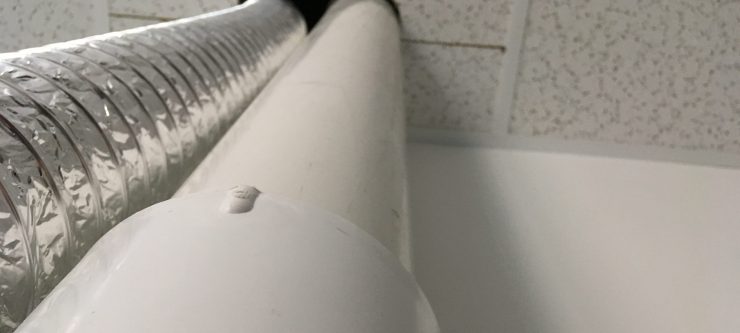(By: Comfort Home Inspections owner Keith Hoaglund)
Perhaps you haven’t heard of radon gas until you started shopping for a home. Your realtor may have provided a disclosure form discussing the hazards of radon. A list of simple questions is most likely coming up in your mind:
- What is radon gas?
- Why is it in my house?
- It’s invisible, so why do I even care about it?
- If the report says my levels are high, should I look for another home?
- I bought a house 20 years ago, and nobody talked about radon gas. Why now? Is it new?
What Is Radon?
Radon is a radioactive gas that is colorless and odorless. Exposure can cause lung cancer. The EPA has estimated approximately 21,000 deaths per year are caused by radon exposure.
Radon gas comes out of the soil and is disbursed in the air unless it is trapped by a structure (like your house). The only way to know the levels in your house is to perform a test.
Are Invisible Gases Still Dangerous?
Even though it is invisible, you need to care about it. It is the leading cause of lung cancer behind smoking. Living in a home with measured levels of 4.0 piC/L provides you with 35 times as much exposure as if you were sitting on a perimeter fence of a radioactive waste disposal site.
Is Your Home The Problem?
There is nothing wrong with the home itself. If you find out your house has high levels (actually there is no “safe level”), mitigation of the gas is easy to accomplish.
A system for an average home costs between $1,300 and $2,500. This system will induce negative pressure under the concrete slab floor or crawl space of your house and draw the gas out before it has a chance to enter your home.
Is Radon A New Threat?
Radon is not new. As time goes by, we learn about health risks. Years ago we built our homes out of cancer-causing asbestos materials and drank water from lead pipes.
In addition, over time our homes have gotten much tighter which can hold radon gas in. Due to air leaks alone, a 100-year-old house will change all the air in the house twice every hour.
Today, we try hard to provide proper ventilation (like with a fresh air intake duct) to change the air twice per day. To match the air change rate of a 100-year-old home in a modern home, we would need to cut a two-foot by two-foot hole in the wall.
Check Your Radon Level
In short, we don’t build homes out of asbestos, we don’t drink from lead pipes, and we should not breathe radon gas. Always check the levels in your house or when purchasing and address any level at or above 4.0 piC/L for your own good health.
